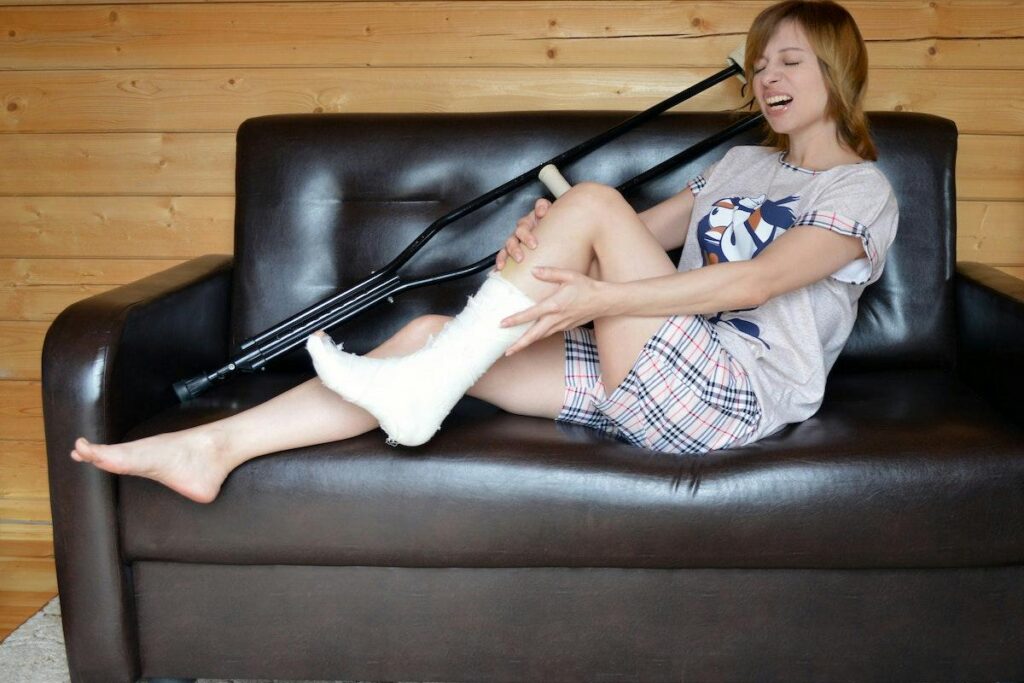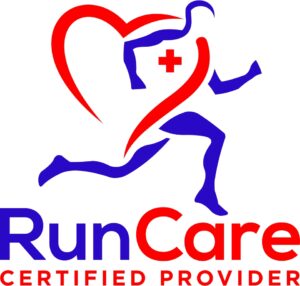
Introduction
Welcome to another informative blog post from WildHawk Physical Therapy. In this comprehensive article, we will delve into a common affliction among runners: shin splints. Whether you’re a seasoned runner looking to deepen your knowledge or someone grappling with persistent shin discomfort, understanding the causes, symptoms, treatment options, and preventive measures for shin splints is vital.
Shin Splints: A Comprehensive Examination
Shin splints, medically known as medial tibial stress syndrome (MTSS), are a prevalent ailment that haunts runners and physically active individuals. This condition can disrupt your running regimen and hinder your overall mobility.
Understanding Shin Splints
To fully grasp the intricacies of shin splints, let’s explore the key aspects:
- What are Shin Splints? Shin splints refer to the pain and inflammation along the tibia (shinbone), particularly on the inner edge of the bone. This condition stems from overuse, biomechanical issues, muscle imbalances, and other factors.
- Contributing Factors: Shin splints can be triggered by various factors, including abrupt increases in training intensity, improper footwear, poor running form, running on hard surfaces, and muscle weaknesses. Gaining insight into these factors is crucial for both prevention and management.
Identifying the Symptoms of Shin Splints
Shin splints typically present with several distinctive symptoms, including:
- Dull, Aching Pain: The hallmark symptom of shin splints is a persistent, dull, aching pain along the inner part of the shin. This pain may intensify during or after running, especially when bearing weight on the affected leg.
- Tenderness and Swelling: Some individuals with shin splints experience tenderness and swelling in the area of discomfort. This tenderness is often elicited when pressure is applied to the affected region.
- Pain with Palpation: Your healthcare provider or physical therapist may perform a palpation test to locate areas of tenderness and pinpoint the source of your pain.
- Early Warning Signs: It’s important to heed early warning signs, such as mild discomfort, before shin splints progress into more severe pain. Addressing these signs promptly can prevent the condition from worsening.
The Role of Physical Therapy in Managing Shin Splints

Now that we’ve examined the nuances of shin splints, let’s discuss the pivotal role that physical therapy plays in managing this condition.
Professional Assistance: A Crucial Step
If you suspect you have shin splints or are already grappling with the symptoms, seeking professional assistance is crucial. Early intervention through physical therapy can significantly enhance your recovery and facilitate a return to pain-free running.
The Significance of Early Intervention
Prompt diagnosis and treatment are paramount when dealing with shin splints. Delaying treatment can lead to prolonged discomfort and potential complications, making it essential to address the issue promptly.
Regaining Comfort and Functionality Through Treatment
When it comes to addressing shin splints, physical therapy plays a pivotal role in helping individuals regain comfort and functionality in their legs. Here’s what you can anticipate during physical therapy:
- Personalized Rehabilitation Plans: Your physical therapist will create a customized rehabilitation program tailored to your specific injury and goals. These exercises aim to alleviate pain and improve your overall leg strength, flexibility, and biomechanics. Strengthening the muscles around the shin can help prevent future occurrences.
- Manual Therapy Techniques: Physical therapists often employ hands-on techniques to enhance joint mobility, reduce pain, and improve soft tissue flexibility. These techniques may include soft tissue mobilization, myofascial release, and targeted stretching. Manual therapy can accelerate the healing process and reduce muscle tension.
- Gait Analysis: Analyzing your running gait can help identify biomechanical issues contributing to your shin splints. Your physical therapist can provide guidance on modifying your running form to reduce the risk of future flare-ups. Making adjustments to your stride length, foot strike, or cadence may be necessary to prevent recurrence.
Effective Strategies for Preventing Shin Splints

Preventing shin splints is as vital as managing them. Here are some strategies to help prevent shin splints:
- Gradual Progression: Avoid sudden and excessive increases in training intensity or mileage. Gradually build up your running regimen to allow your body to adapt and minimize the risk of overuse injuries like shin splints.
- Proper Footwear: Invest in high-quality running shoes that provide appropriate support and cushioning for your foot type and running style. Consult a specialist at a running store for a professional fitting if needed.
- Surface Selection: Opt for softer running surfaces when possible, such as trails or tracks, to reduce the impact on your legs. Limit running on hard or uneven surfaces like concrete.
- Cross-Training: Incorporate cross-training activities like swimming, cycling, or strength training into your fitness routine. Cross-training diversifies your workouts and decreases the load on your legs.
- Muscle Strengthening: Focus on strengthening the muscles surrounding the shin, including the tibialis anterior, calf muscles, and hip muscles. Strong leg muscles provide better support to the shin and reduce the risk of injury.
Frequently Asked Questions:
Q: Can I continue running with shin splints?
A: It’s essential to consult with a healthcare professional for a proper diagnosis and treatment plan. In some cases, you may need to temporarily reduce your running activity to allow for healing. Your physical therapist can guide you on when and how to safely resume running and implement modifications to prevent recurrence.
Q: Are there specific stretches or exercises to prevent shin splints?
A: Yes, your physical therapist can recommend specific stretches and exercises tailored to your needs to prevent shin splints. These exercises may target the calf muscles, shin muscles, and hip muscles to improve strength and flexibility.
Q: How long does it take to recover from shin splints?
A: Recovery time varies depending on the severity of the condition and individual factors. With proper treatment and rehabilitation, many individuals can experience significant improvement within a few weeks to a few months. However, more severe cases may require a longer recovery period.
Conclusion
In conclusion, shin splints can be a formidable adversary for runners, but with the guidance of our experienced team at WildHawk Physical Therapy located in Asheville, NC, you can effectively manage pain, recover, and prevent future setbacks. Don’t let shin splints derail your running journey. If you’re experiencing leg pain or suspect you have shin splints, reach out to us at WildHawk Physical Therapy for a comprehensive evaluation and a personalized treatment plan. Your path to pain-free running and improved mobility begins with us.










